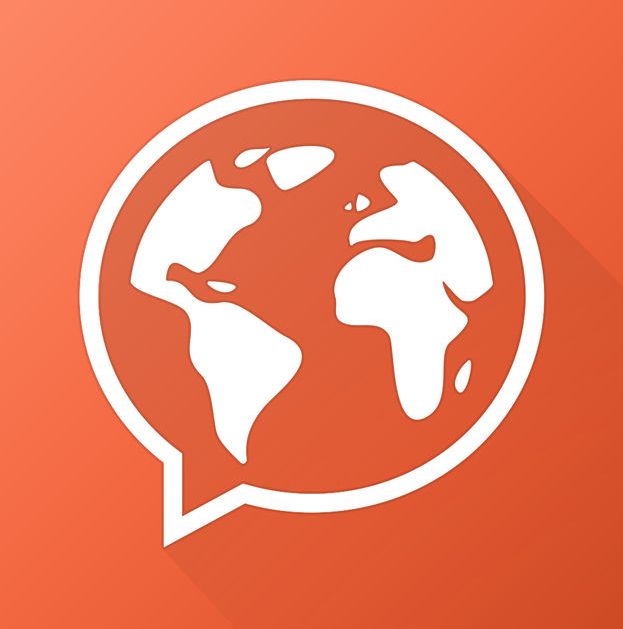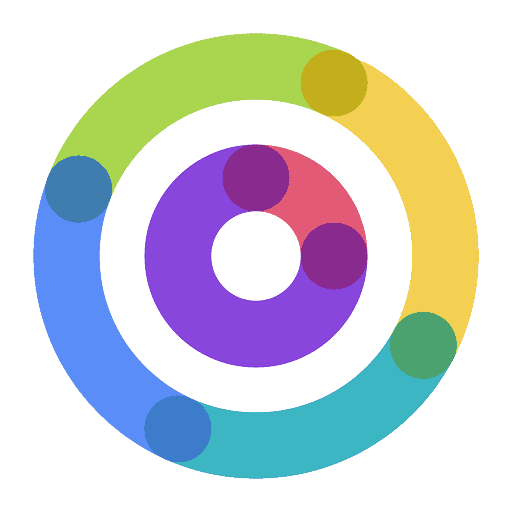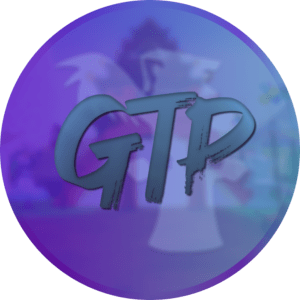Language App Review
Language App Reviews
Hello GTP! This is Red Dragon and I am happy to be sharing my first ever article as a Scribe. For this article, I decided to do something a little different than writing about Wiz or another game. One of my favorite hobbies is learning languages. I currently study French at school, as well as self study Japanese and Danish. Today, I will be reviewing several popular language learning apps and giving some thoughts about each. Let’s go!
Duolingo

For those who start out on their language learning journey, Duolingo is a popular option. It is one of the only free applications on this list and offers a wide variety of languages, such as Navajo and Hawaiian. When I began learning Japanese in 2016/2017, I started to use Duolingo. For such a basic language application, it offers many great features such as notes and reviews. one feature I disliked was that the application doesn’t really teach you in an organized way. Several of the phrases that I learned were some that I would never use in real life. Out of 10, I would give it a rating of 7, as it is a good application for beginners, but not that great with real-life phrases.
Rosetta Stone

Rosetta Stone is one application that is very popular among language learners. The one downside when I came across it immediately was that it did not offer Danish, which was one of my target languages. However, they still offer a wide variety of languages for users to learn. I love how the lessons are arranged, and the fact that they include a lot of immersion. Grammar is, once again, a weak point since they don’t really teach grammar. During quarantine, they offered a deal where students were able to access the application for free and not pay for premium lessons. I would give this a solid 9 out of 10.
Babbel

Similar to Rosetta Stone, Babbel offered a subscription package for students during the pandemic. This application is great because it offers grammar lessons in addition to teaching vocabulary words. This is more similar to learning a language in school because the groups are focused into beginner, intermediate, and advanced lessons. The only downside is that the language application only offers languages that are Latin-based. For example, languages such as Japanese and Korean are not offered, but Indonesian is. I would rate this a 9.5 out of 10
Memrise

Memrise was the first application where I purchased a subscription for. It features 23 languages with other courses created by users just like me. One thing that I enjoy about this application is that it uses speakers from the actual language, such as Danish speakers for the Danish course. In addition, it has a section where you can review with different style games. This language application is great because it can help users develop speaking and listening skills while learning the language. The only downside is that it is lacking in grammar lessons, but you could always use one of the user-created courses to learn grammar. I would give it an 8 out of 10 due to the lack of good grammar courses.
Lingodeer

Lingodeer was a relatively new application when I first started to use it around 2017. At that time, they only specialized in 3 languages: Korean, Japanese, and Chinese. Over the years, more and more languages were offered. Lingodeer’s strong point that separates it from all the other applications is that it is very focused on grammar. In addition, they have reviews for each lesson as well as study notes to review before each lesson. Currently, Lingodeer offers a premium subscription, but I would argue that the lessons are worth the price. The only downside is that it does not offer much vocabulary, but that can be covered by other language applications. I would rate this a solid 9.5 out of 10.
Mondly

Mondly is a very unique language application that I chose to add to this list of language applications. First of all, each lesson is grouped into several categories, such as “Hello”, “Daily Lesson”, and “Core Vocabulary”. In addition, each of the groups can be downloaded as files to be studied. One feature I enjoy about this is that the audio is very clear and easy to follow. Next, there is definitely not a shortage of lessons. Another feature is a leaderboard where users may compete with other users around the world, in their country, or with their friends. This application gets an 8 out of 10 from me.
Bluebird

Bluebird was the language application that I chose to use when I participated in a language activity on Instagram. This application has a whopping 164 languages that are offered. In addition to the many languages, the audio quality is great and each language has a group of lessons to be learned. I know that this application is not very common since I don’t know anyone who uses it, but I was able to learn quite a bit of nationalities in Nepali for the language activity. There is a grammar section, but it is mainly about verbs. It’s still quite useful to know when studying a language, however. I would rate this a 9 out of 10.
Optilingo

The final language application on this list is Optilingo. Optilingo was created by a language learner who really struggled to learn languages. Using their own experience and mistakes, they created an application to help others learn a language. Each language has 100 lessons that can each be completed in about 9-10 ish minutes. I would not say this language application is the only tool people should use, but it does give a solid foundation for studying a language. In addition, users can speed up or slow down a language lesson if they choose to. This gets a 9 out of 10 for me.
And that’s all folks!
Thanks for taking the time to read my article about language applications. I wish I could have covered all of them, but these were the ones that I have used before and experienced for myself. I hope that users can either find a new resource to use in their language learning journey or hopefully be inspired to start a language learning journey. See you next time!

